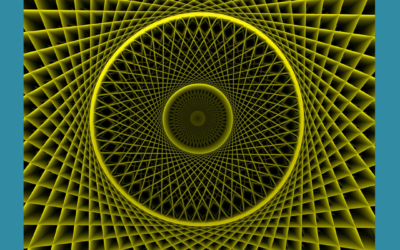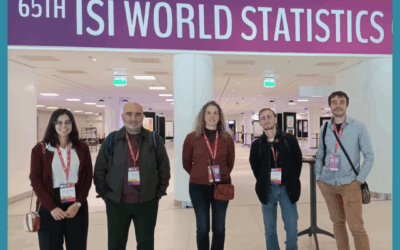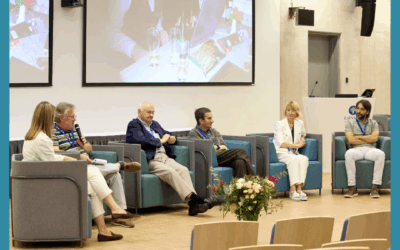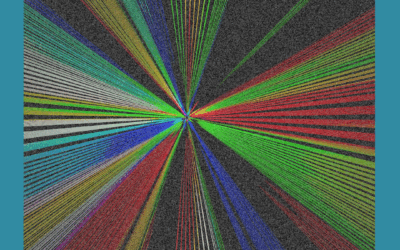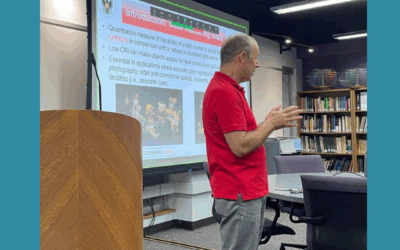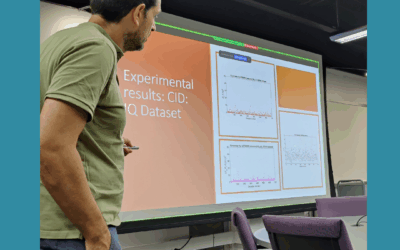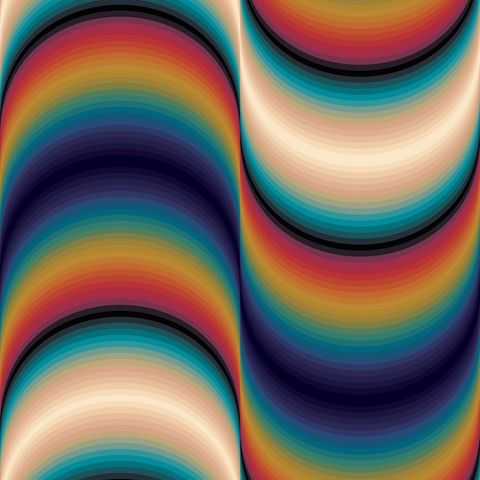
IMaLeVICS: New VIPLab project
Interpretable Machine Learning for Vision, Imaging, and Color Sciences
The objective of IMaLeVICS is to use interpretable machine learning methods to address various issues related to vision, imaging, and color sciences. We have two goals. Firstly, we aim to obtain systems that can solve specific problems in each of these fields. Secondly, we aim to analyze what these systems have learned to interpret the knowledge extracted from the data and determine whether this knowledge can be incorporated into current scientific models that address the corresponding problems.
VISUAL IMAGE PROCESSING LABORATORY
A research project on computational vision science
The main objective of the interdisciplinary group that makes up VIP Lab (Visual Image Processing Laboratory) is to contribute to a better understanding of how digital images are perceived by the human visual system. To begin, contributing with data from psychophysics on how images are perceived by the visual system, secondly, addressing how to represent this new knowledge with computational models, to finish using these models to approach the improvement/optimization of the visual quality in different applications and image processing tasks.


Recent availability of image capturing and displaying devices in increasing image importance for both home and scientific use. Particularly important is image perceptual quality, a matter on which an intensive active research is being carried out in many centers around the globe. The VIP Lab project is devoted to develop research on image perception and, in the long term, establish a reference research center in the matter.
The research group consists of professionals that combine experience in vision science, color science, image processing, psychophysics, and mathematical modeling.

LATESTS RESEARCH AND PUBLICATIONS
GeFuzzApp: A New Proposal for the Continuity of Our Research on Fuzzy Metrics and Models
GeFuzzApp – Generalized fuzzy metrics, fuzzy models and applications At the end of this year, the IMaLeVICS project reaches its completion. As part of the natural evolution of the research carried out at the Visual Image Processing Laboratory (VIP Lab), we have...
IMaLeVICS at ISI 2025: Compositional Models and Software to Analyse Bacterial Dynamics
IMaLeVICS at the World Statistics Congress The 65th ISI World Statistics Congress (ISI 2025) took place in The Hague (Netherlands) from 13 to 17 July 2025, bringing together thousands of statisticians and data scientists from all over the world. The event is one of...
Research on Fuzzy Metrics Awarded at EUSFLAT 2025
Collaboration between IMaLeVICS (UPV) and the Latvian University strengthens international research on Fuzzy Logic During July 2025, Professor Juan José Miñana, member of the IMaLeVICS research group, carried out a one-month research stay at the Latvian University...
Masking of Gaussian Noise in Color Images
A Psychophysical Study of Just-Noticeable Differences Using Synthetic Image Patches of Different Luminance Value Authors: Luis Miguel Calvo, Pedro Latorre-Carmona, Samuel Morillas, Rafael Huertas, and Rafal Mantiuk. Published in Lecture Notes in Computer Science...
IMaLeVICS Talk at RIT – Color Rendering for Color Blind Observers
RIT Color Science Seminar Also at the RIT Color Science Seminar, Rafael Huertas, from the University of Granada, presented new research on inclusivity in lighting science. Color Rendering Indexes for Color Blind Observers The talk, “Color Rendering Indexes for Color...
IMaLeVICS Talk at RIT – USTRESS: A New Metric for Observer-Aware Image Quality
RIT Color Science Seminar In mid-July, Samuel Morillas Gómez gave a second invited talk at the Rochester Institute of Technology (RIT) — a place of special significance in his career, as he spent the academic year 2016–2017 there refining his expertise in visual image...
IMaLeVICS Talk at Rochester Institute of Technology (RIT)
RIT Color Science Seminar RIT Color Science Seminar This July, Samuel Morillas Gómez was invited to deliver a talk at the Rochester Institute of Technology (RIT), one of the world’s leading institutions in color science. Dr. Morillas spent the academic year 2016–2017...
IMaLeVICS at IbPRIA 2025 in CoimbraDownload the presentation slides – PDFIMaLeVICS at IbPRIA 2025 in Coimbra
IbPRIA 2025 The 12th Iberian Conference on Pattern Recognition and Image Analysis (IbPRIA 2025) took place from June 30 to July 3 in Coimbra, Portugal. Co-organized by the Portuguese APRP and the Spanish AERFAI chapters of the International Association for Pattern...
IMaLeVICS at CoDaCourse 2025: Compositional Methodology for Microbiome Datasets
Sharing advances in compositional data analysis In 2025, Irene Creus-Martí, member of the IMaLeVICS research group, participated as an invited speaker at the 11th Course and Open Seminar on Compositional Data Analysis (CoDaCourse 2025), organised by the University of...
IMaLeVICS at the National Color Conference 2025 in Mérida
National Color Conference 2025 From June 26 to 28, the city of Mérida hosted the Congreso Nacional de Color 2025, bringing together professionals and researchers to explore advances in color science and its diverse applications. Fuzzy Logic System for Computing Color...
A comparative analysis of machine learning methods for display characterization
Methodology and Study Approach Khleef Almutairi, Samuel Morillas Gómez, Pedro Latorre Carmona, Makan Dansoko and María José Gacto. Displays, 85, 2024, 102849. We are thrilled to announce that the IMaLeVICS team has published a new article in Displays titled "A...
IMaLeVICS at ICSDS 2024: CoDaLoMic, an R Package for Analysing Microbiome Compositional Time Series
About the International Conference on Statistics and Data Science (ICSDS 2024) From 18 to 21 June 2024, the city of Nice (France) hosted the International Conference on Statistics and Data Science (ICSDS 2024) — an event organised by the Institute of Mathematical...


